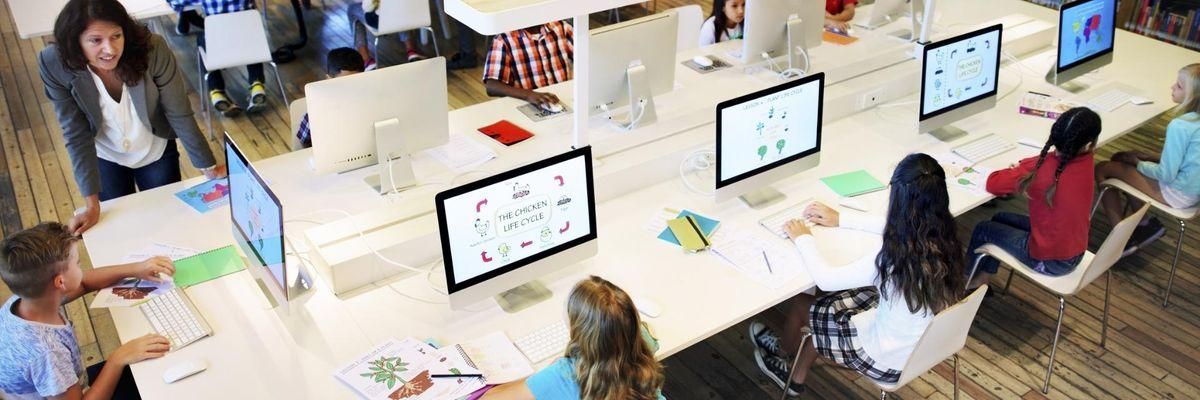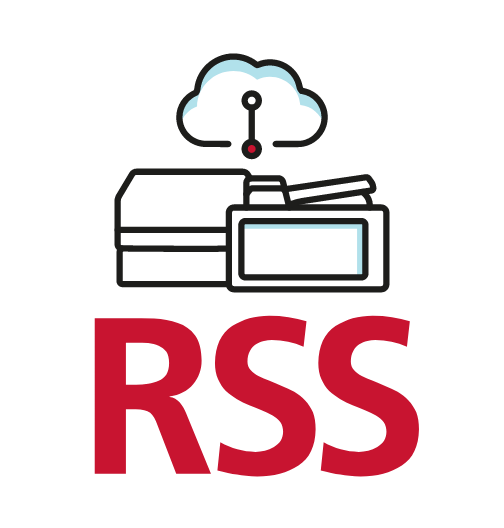
Education solutions for new generations
Not only do educational institutions need to provide new generations with modern tools and skills adequately, but they also have the arduous task of identifying future trends so they can prepare and have digital education solutions
In this scenario of contingencies, the challenge of education, which comprises a combination of the natural evolution of new and traditional teaching methods and a type of student with higher expectations, becomes more critical than ever. Not only do educational institutions need to provide new generations with modern tools and skills adequately, but they also have the arduous task of identifying future trends so they can prepare students for emerging occupations or jobs that have not even been created yet.
In this context, the learning experience of students is highly important for schools and universities in Latin America. According to a recent study1, educational institutions in LATAM invest in IT, particularly in hardware and software. However, 75% of them are going through the first stage of digital transformation and 39% of the total IT assigned budget is directed to basic infrastructure technologies.
So, how can technology improve the experience inside the classrooms to keep students committed?
Collaboration through video
In learning environments where students can be found at the campus, online, and everywhere in the world, adding new video technologies can offer a more rewarding and interactive experience for those students who are not in the classroom or those who simply want to view a presentation with audio on the screen.
Also, teachers can use video features to enable face-to-face interactions between students and industry experts who collaborate with companies that are related to the students’ areas of focus. Whether these experts are in the same city or in another country, adding a visual element can extend the limits of the classrooms significantly and stretch students’ minds.
In both cases, the benefits of video technology are tangible, since students are more willing to ask questions, collaborate, take classes, and join lively debates with their classmates or experts through video. This type of collaboration also becomes convenient considering the variety of mobile devices that influence the everyday lives of modern students.
Teacher-student collaboration
Besides transcending geographical boundaries, technology can also help to lay the foundations for keeping students in school by increasing student-school interaction. Technology allows students to participate in the content directly, for example, solving an equation in front of the class, but using their own devices comfortably, or adding real-time comments and group changes to an engineering design that their professor is projecting on the screen. The sense of instantaneous interaction and collaboration created by technology not only entails a return on investment for higher education, but it also makes students invest in their own academic experience.
Students take control of their learning
Expanding the student-teacher dynamics beyond the field of collaboration, subverting the traditional class system led by a professor, and training students to assume control over their learning process have become a growing trend. Also, replacing conferences with group debates, problem-solving, and brainstorming activities can increase students’ involvement and provide them with customized coaching. The real-time polls on questions that are used to promote learning and the sessions led by students will help them remain satisfied with the new styles in the classrooms.
What solutions does Ricoh offer?
Ricoh Creator Lab
Education solutions
Ricoh Creator Lab
Ricoh Steam Lab: It includes study programs with projects where students learn by doing and use technology to understand the applications of sciences, art, and mathematics while developing their skills in engineering and technology and learning how to use them to solve problems in the real world. Students become motivated and get ready for the degrees and jobs of the future, professors are more efficient and achieve better results with students, and the institution becomes more innovative and competitive.
Ricoh Creator Lab: Additive manufacturing is a transformation technology with a direct impact on different industries - from applications in medicine, the arts, logistics, architecture, and engineering to its use in the food, design, and fashion industries. Students can have adequate experiences with technology, concepts, techniques, and materials that could play a crucial role in their future professions and that promote innovation.
Ricoh Virtual Classroom: Video, audio, and split-screen solutions that allow professors and students to attend a class that is conducted virtually, regardless of their physical location. In this way, it is possible to have an enormous impact on more students all over the world by maximizing available resources.





